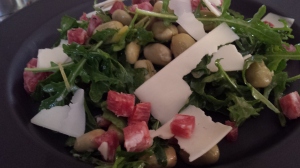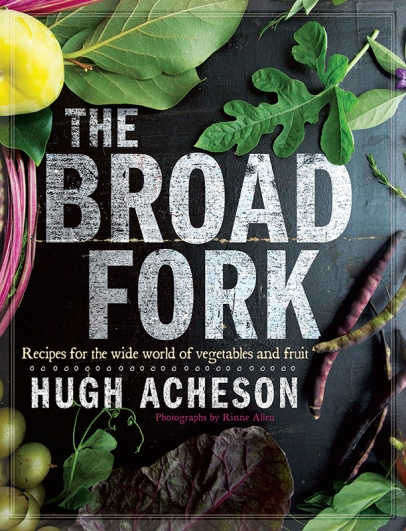The first time I had ever heard of fava beans was by Anthony Hopkins playing Hannibal Lecter in “Silence of the Lambs” (1991). Lecter, as serial killers go, was immensely smart and sophisticated. (To Clarice Starling: “A census taker once tried to test me. I ate his liver with some fava beans and a nice Chianti”.) I was 25 years old when the movie came out. By this time, working in New York City restaurants, I had already had Chianti, an Italian wine varietal, many times over. I hate liver…especially after this movie but fava beans. Wow! They sounded cultured and classy especially spoken by Mr. Hopkins though it was supposed to be in that cinematic moment, a flash of Lecter’s murderous pedigree, cannibalism and insanity.

Simply put, in that singular utterance, fava beans, became one of the most sought after edibles; although they are not easy to get around to eating. Before getting to the cooking of the bean itself, there are two coatings, a pod and then a shell around the bean which needs to be removed. Honestly, fava beans are a lot of work; shelling and then popping them out of the second casing? No, thanks. Having once tried to cook them, I decided that I’m going to only eat them in a restaurant or when I can find them frozen. Needless to say, on the West Coast, they are not easily found in restaurants, the farmer’s markets or the frozen food section. Therefore, I don’t eat them often unless on the East Coast or in Europe.
However, on one of my many shopping excursions, I recently discovered that Melissa’s , the Southern California produce company, has done the hard part. They are packing fava beans that have been cleaned, peeled and steamed the beans in one easy to use package. Melissa’s also produces ready-to-eat beets, carrots and other
That raises the question: What do fava beans taste like? Once cooked they have a slightly buttery and earthy flavor to them. By earthy, meaning like a vegetable, slightly bitter but with a palatable smoothness not unlike a giant white bean. You can puree favas into a dip much like hummus, using tahini, garlic, and lemon. Or, add the puree to a homemade aioli and it gives the spread a deeper flavor. In Hugh Acheson’s “The Broad Fork” (Clarkson Potter), he takes the fava bean mixing it with mint, arugula, salami and parmesan. Steeped in a profile of Mediterranean flavors, the fava beans combined with the other ingredients, crafts a sublime salad full of spring textures and saltiness. If you can find Melissa’s Fava Beans in the local vegetable section of your grocery, I highly recommend making this salad for an al fresco meal or BBQ….just don’t forget the Chianti.
Fava Bean Salad with Mint, Garlic, Arugula and Salami
Sea Salt
1 Pound of fava beans in their pods (Or buy Melissa’s)
I head of fresh spring garlic, broken into cloves and peeled
1 pound of arugula
½ cup of mint, leaves shredded by hand.
2 tablespoons of olive oil
1 teaspoon grated lemon zest
1 teaspoon freshly sqeezed lemon juice.
¼ pound of salami, chopped and diced
½ cup shaved Parmigiano- Reggiano
- Create an ice water bath. (Ice cubes, water in a bowl.) On the stove, get a large pot of water to boiling and seasoned well with salt.
- Remove the fava beans from their large pods. Add the fava beans to the boiling water and blanch for 1 minute. Drain the favas and put them into the ice water bath. Discard the outer skins. (Or Melissa’s Fava Beans).
- In a small saucepan, cover the garlic cloves with water and bring it to a boil. Season the water with ½ teaspoon of salt, turn and heat down and simmer for about 10 minutes. (GREAT TIP: This process removes the heat of the garlic, leaving the clove gently sweet.)
- To serve the salad, in a large bowl add olive oil, lemon zest and lemon. Mix well. Add the favas, garlic, arugula and mint. Season with salt and arrange on a plate. Sprinkle with chopped and diced salami and shaved Parmigiano- Reggiano



